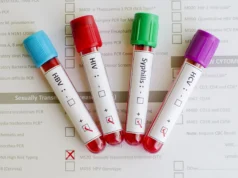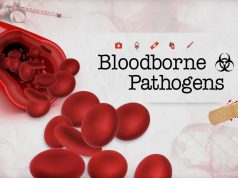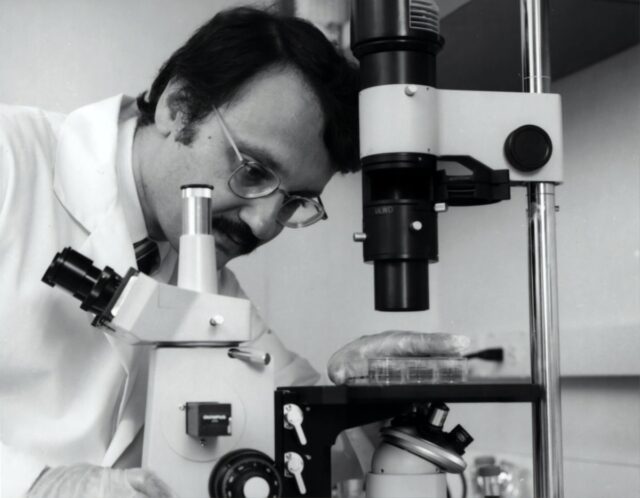
If you’re sexually active and considered at risk of STDs, it’s vital to understand how STD testing works. Many common STDs don’t produce symptoms or produce symptoms that are easy to ignore. It’s very possible to be infected with an STD and not know it and to inadvertently pass it on to someone else. The only way to know for sure if you have an STD is to get tested.
STD tests look for antibodies and proteins that the body produces in response to a virus. After you get exposed to a virus, it may take some time for these antibodies to build up in your system. This period is known as the virus’s incubation period. Incubation periods differ for different STDs, so let your doctor know when you may have gotten exposed to an STD. If you get tested too early, you may not have the antibodies in your system yet. That means you could test negative for an STD, even if you have the virus.
Who Should Get Tested?
The Centers for Disease Control and Prevention has developed the following STD testing recommendations:
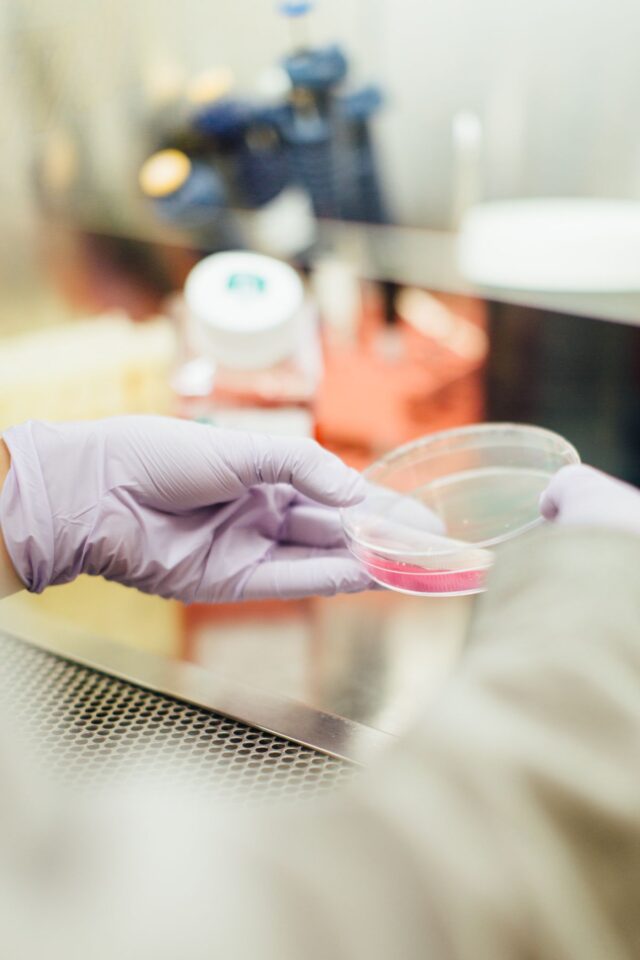
- Sexually active women under the age of 25 should be tested at least once a year for gonorrhea and chlamydia.
- Women 25 and older should also best tested for gonorrhea and chlamydia if they have risk factors such as a new partner, multiple partners, or a partner who has tested positive.
- Everyone between the ages of 13 and 64 should be tested for HIV at least once.
- Pregnant women should be tested for syphilis, HIV, hepatitis B, and hepatitis C. In some cases, testing may need to be repeated.
- Men who have sex with men should be tested at least once a year for syphilis, chlamydia, gonorrhea, and HIV. More frequent testing may be necessary depending on other risk factors, such as multiple partners or a partner who has tested positive.
- Adults between the ages of 30 and 65 should be tested for HPV every five years.
- Anyone who has been the victim of a sexual assault should be tested.
How Do I Get Tested?
Talk to your doctor if you fall into any of the above categories or need to get tested for other reasons. Don’t assume that STD testing will be included in a regular checkup or gynecological exam. For women, a Pap smear can often detect cellular abnormalities associated with HPV, but it does not specifically test for HPV.
If you don’t have a regular doctor, or you aren’t comfortable talking to your doctor about STD testing, you can have STDlabs done at a facility that specializes in STD testing.
How Do I Know Which Tests to Get?
No one test can diagnose all STDs. If you know or suspect that you have been exposed to a specific STD, ask for that test specifically. Otherwise, your doctor or nurse can help you determine which tests you may need depending on factors such as:
- Any symptoms you may be having
- How many partners you currently have or have had in the past
- Whether you have had unprotected sex
- Other factors that may increase your risk of STDs
What Are the Different Types of STD Tests?
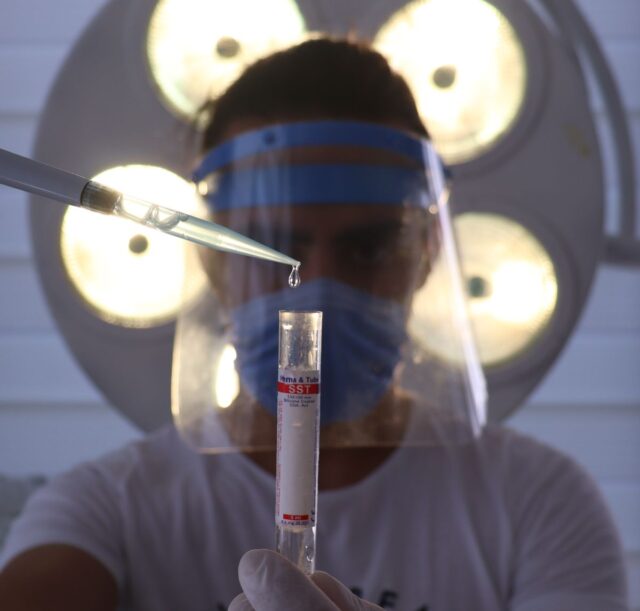
Most STDs can be diagnosed through a blood test, a urine test, or a swab test. Depending on the specific infections you want to be tested for, you may receive one test or a combination of tests.
Blood Tests
For an STD blood test, your medical provider will take a small blood sample, usually from a vein in your arm. A lab then examines it. A blood test can check for HIV, syphilis, and sometimes herpes.
Urine Test
Urine tests are very easy as you simply provide your doctor with a urine sample. If you know you will need a urine test, drink plenty of water, but don’t drink an excessive amount of fluids, as this can interfere with your results.
Urine tests usually check for chlamydia and gonorrhea. Some urine tests can check for HIV, but these are not widely used.
Swab Tests
For a swab test, your medical provider will use a swab to collect a small sample of cells. In some cases, samples can be taken from inside the cheek. In other cases, a sample may need to be collected from the vagina, penis, urethra, cervix, or anus. If a sore is present and is suspected to be caused by herpes, a sample may be taken from the sore.
Swab tests can diagnose bacterial vaginosis, chlamydia, gonorrhea, trichomoniasis, and sometimes herpes. An oral swab test can sometimes check for HIV.
The Importance of Getting Tested for STDs
Do not avoid or postpone getting tested because of the discomfort or embarrassment of having an STD test. If left untreated, some STDs can lead to major complications, even years later. Many STDs can be treated with a simple round of antibiotics, but early detection is vital.
Can I Check for STDs at Home?
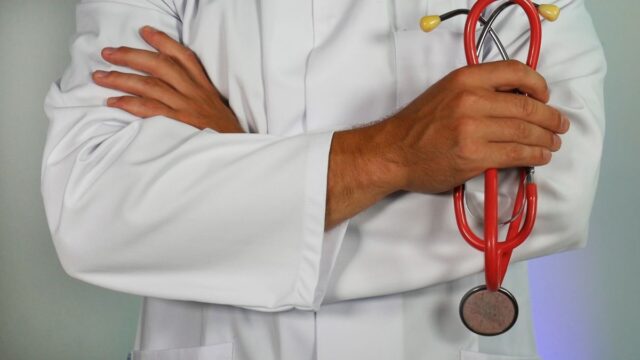
Many people get drawn to the convenience and privacy of home STD test kits. These kits allow you to collect a sample at home and send it to a lab for testing. However, research shows that home tests are more likely to lead to errors, making test results less accurate. For the most accurate results, it’s always best to visit a trained and experienced healthcare provider.
If you do take a home test and test positive for an STD, see a doctor for confirmation of the diagnosis and treatment.
What Should I Do if I Test Positive?
Many STDs can get cured with medication. Follow your doctor’s instructions and take all of your medication as directed. You may need to return to the doctor for follow-up testing to ensure the infection has cleared up.
Tell any partners if you have tested positive so that they can also get tested if needed.
Some STDs can’t be cured, but symptoms can be managed with proper treatment.

